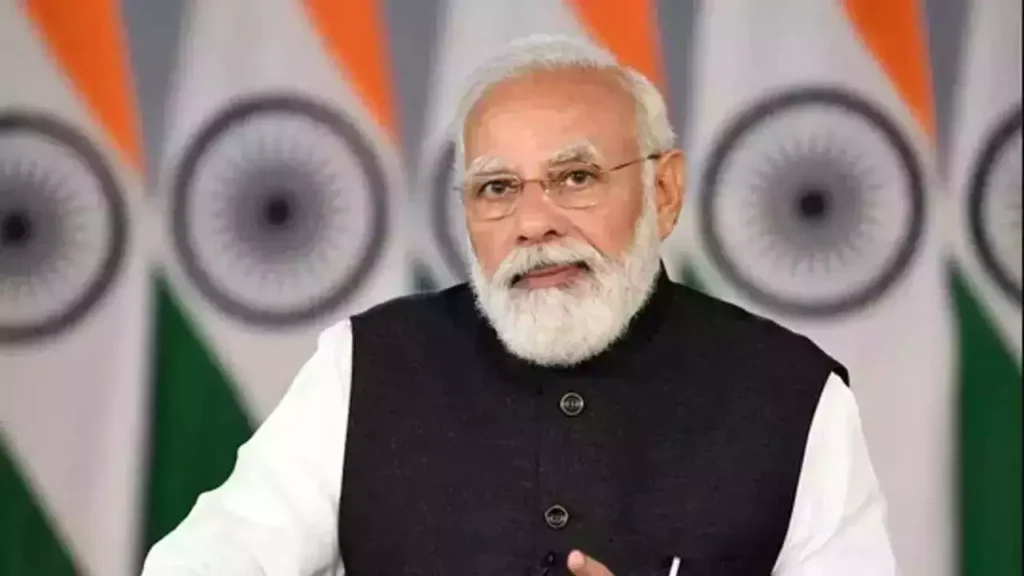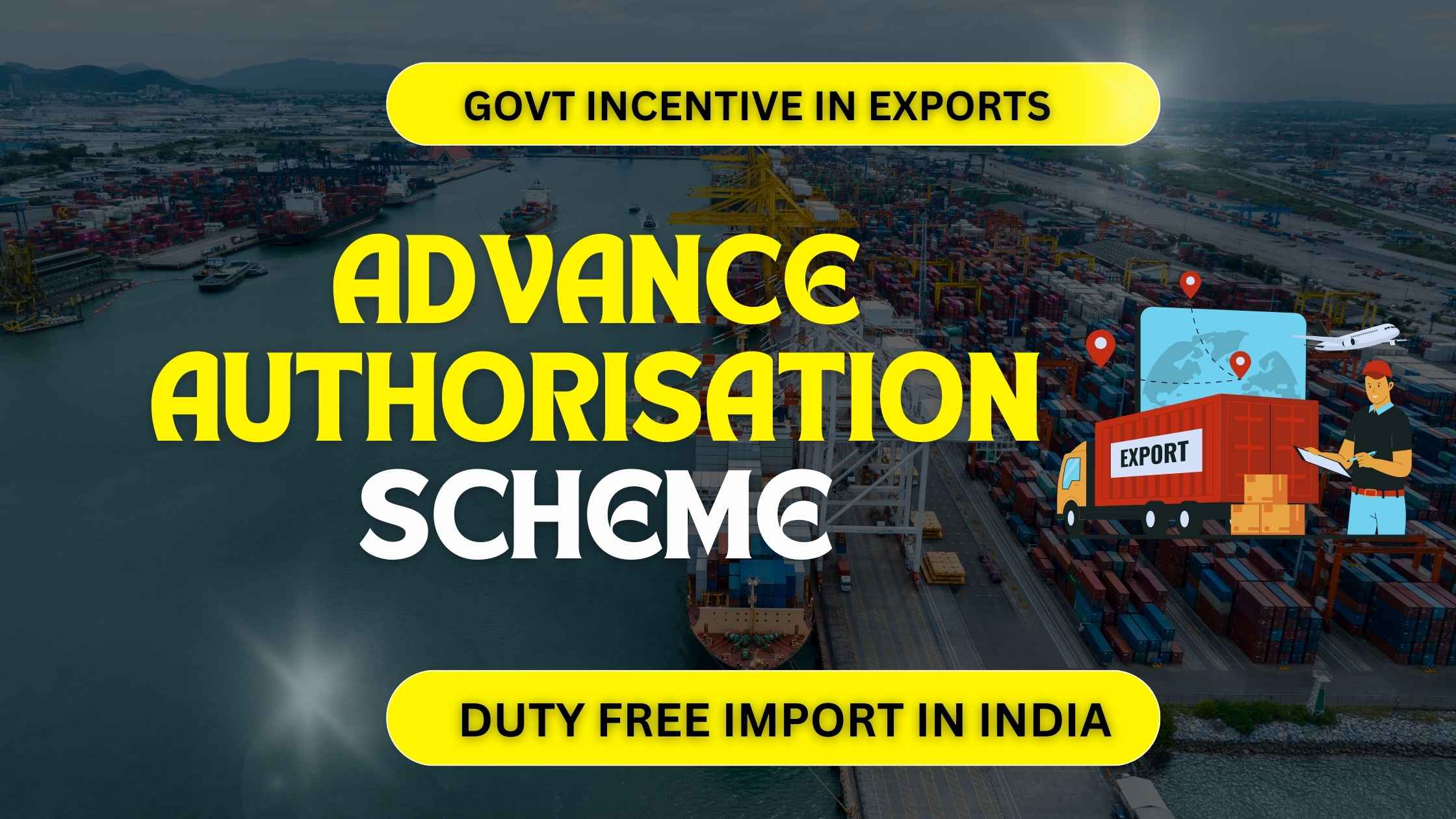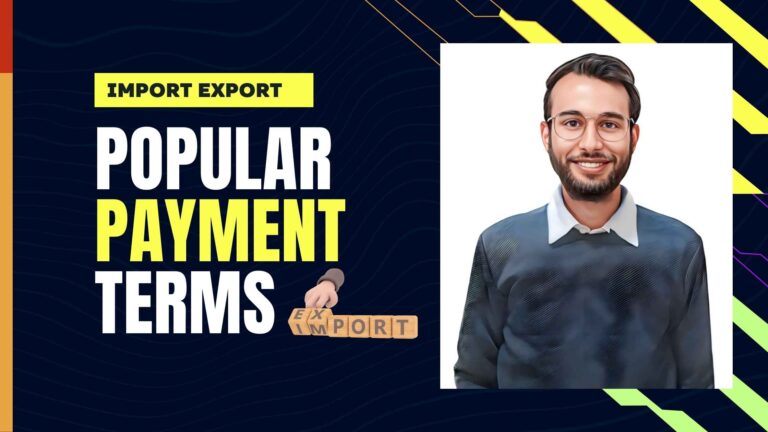Advance Authorisation Scheme in Import and Export | Eligibility, Duty FREE Import, How to Apply (Full Guide)
The Advance Authorisation Scheme (AAS) is an important part of India’s Foreign Trade Policy. It helps boost exports by allowing businesses to import raw materials and inputs without paying customs duties, as long as they use them to make products for export. This scheme reduces production costs, making Indian goods more competitive in the global market.
Why is the Indian Government Focusing More on Exports?

The Indian government is putting more focus on exports to strengthen the country’s economy and create more job opportunities. Here are some key reasons:
- Economic Growth: Increasing exports helps bring more money into the country, boosting the economy and supporting overall development.
- Job Creation: Export industries require a large workforce, leading to more employment opportunities in sectors like manufacturing, textiles, and IT.
- Foreign Exchange Earnings: Exports bring in foreign currency, which helps stabilize the Indian Rupee and improve the balance of payments.
- Reducing Trade Deficit: By increasing exports and reducing imports, India can lower its trade deficit, which is the gap between imports and exports.
- Global Competitiveness: Focusing on exports encourages Indian businesses to improve product quality and innovation, making them more competitive internationally.
- Diversification of Markets: Relying on domestic markets alone can be risky. By exporting, India spreads its risks and taps into international markets for growth.
- Strengthening Diplomatic Relations: Trade partnerships through exports help India build stronger political and economic ties with other countries.
What is the Advance Authorisation Scheme?
Under the AAS, exporters are allowed to import raw materials, components, and other inputs without paying customs duties, provided these inputs are utilized in the production of goods meant for export. This scheme covers not only the primary inputs but also includes packaging materials, fuel, oil, and catalysts consumed during the manufacturing process.
The Directorate General of Foreign Trade (DGFT) has established sector-specific Standard Input-Output Norms (SION) that outline the quantity of inputs permitted for a specific export product, accounting for wastage during manufacturing. Exporters can apply under these predefined norms or request ad-hoc norms if the existing ones do not align with their requirements.
Advance Authorisation Scheme Eligibility Criteria
The AAS is accessible to both manufacturer exporters and merchant exporters associated with supporting manufacturers. The Authorisation is applicable in the following scenarios:
- Physical Exports: Export of goods outside India.
- Intermediate Supplies: Supply of goods to another manufacturer for producing export items.
- Deemed Exports: Supplies to specified projects or categories recognized as deemed exports under the Foreign Trade Policy.
- Supply of Stores: Provision of goods to foreign-going vessels or aircraft, subject to specific SION guidelines.
It’s important to note that the imported materials under this scheme are subject to the ‘Actual User’ condition, meaning they must be utilized by the Authorisation holder and are non-transferable, even after fulfilling the export obligation.
Duty-Free Importable Items
The scheme allows duty-free import of:
- Specified Spices: Allowed for import only for activities such as crushing, grinding, sterilization, or manufacturing of oil or oleoresin, and not for simple processes like cleaning, grading, or repacking.
- Inputs: Materials physically incorporated into the export product, considering standard wastage norms.
- Fuel, Oil, and Catalysts: Items consumed or utilized during the production process.
- Mandatory Spares: Essential spare parts required to be exported with the final product, up to 10% of the Authorization’s Cost, Insurance, and Freight (CIF) value.
Exempted Duties
Imports under the AAS are exempt from the following duties:
- Basic Customs Duty
- Additional Customs Duty
- Education Cess
- Anti-dumping Duty
- Safeguard Duty
- Transition Product-Specific Safeguard Duty
- Integrated Tax and Compensation Cess, where applicable.
How to Apply For Advance Authorisation Scheme
To apply for the Advance Authorisation Scheme, exporters must:
- Obtain an Importer Exporter Code (IEC): This is a prerequisite for all import-export activities in India.
- Submit an Online Application: Applications are to be filed digitally through the DGFT portal, providing details such as the export product, input requirements, and the export obligation period.
- Adhere to Norms: Applicants should apply under the relevant SION or seek fixation of ad-hoc norms if standard norms are not applicable.
- Fulfill Export Obligation: Exporters are required to complete the export of the specified products within a stipulated timeframe, typically 18 months from the date of issue of the Authorisation.
The validity of the Advance Authorisation for import is generally 12 months from the date of issuance. For deemed exports, this validity aligns with the project’s execution period or 12 months, whichever is longer.
Step By Step Guide to Apply For Advance Authorisation Scheme on DGFT Portal
Under the Advance Authorization Scheme, exporters must achieve at least 15% Value Addition. However, this does not apply to physical exports where payments are not received in freely convertible currency or for certain specified products. For tea exports, the minimum Value Addition required is 50%.
If the foreign buyer provides certain items for free, their estimated value will be added to both the CIF (Cost, Insurance, and Freight) value of imports and the FOB (Free on Board) value of exports when calculating Value Addition. Exports to SEZ units or supplies to developers and co-developers are included in this, no matter the currency in which payments are received.
Advance Authorisation Scheme with Example
Company A is an exporter in India that makes and exports wooden furniture. They import raw wood under the Advance Authorization Scheme without paying customs duties.
1. Minimum Value Addition (15% Rule):
They must add at least 15% value to the imported materials. This means the final export product should be worth at least 15% more than the cost of the imported materials.
Let’s see the calculation:
We also have other blogs related to Duty Drawback and RODTEP that you can check out for more insights on export benefits, as well as to learn how to claim refunds, boost cash flow, and enhance your competitiveness in the global market.
FAQ’s: Advance Authorisation Scheme with Example
1. What is the Advance Authorization Scheme?
The Advance Authorization Scheme allows exporters to import raw materials and inputs without paying customs duties, provided they use them to manufacture products for export.
2. Who is eligible to apply for the Advance Authorization Scheme?
Both Manufacturer Exporters (who produce goods) and Merchant Exporters (who trade goods) can apply for this scheme. It is also available for deemed exports and intermediate supplies.
3. What is the minimum Value Addition required under this scheme?
Exporters must achieve at least 15% Value Addition on the imported inputs. However, for tea exports, the minimum Value Addition required is 50%.
4. Can the imported materials be sold or transferred to others?
No, the imported materials must be used by the person who received the authorization (Actual User Condition). They cannot be sold or transferred. However, the final export products can be sold in India after meeting the export obligations.
5. What happens if the foreign buyer provides some items for free?
If the foreign buyer supplies any items for free, their estimated value will be added to both the CIF value of imports and the FOB value of exports when calculating Value Addition.
If you have still confusions left then please read this detailed guided given below by DGFT to clear all your confusions
If you want to learn import-export from basics to advanced, including company formation, import-export documents, product research in exports, finding foreign buyers, pre-shipment and post-shipment documentation, GST in exports, payment terms, Incoterms, and more, then watch this 7-hour video by Mr. Keshav Dimri, a successful exporter and brilliant marketer working since 2017.
Youtube Video Link: How to Start Import Export Business | Learn Import export in 7 hours






